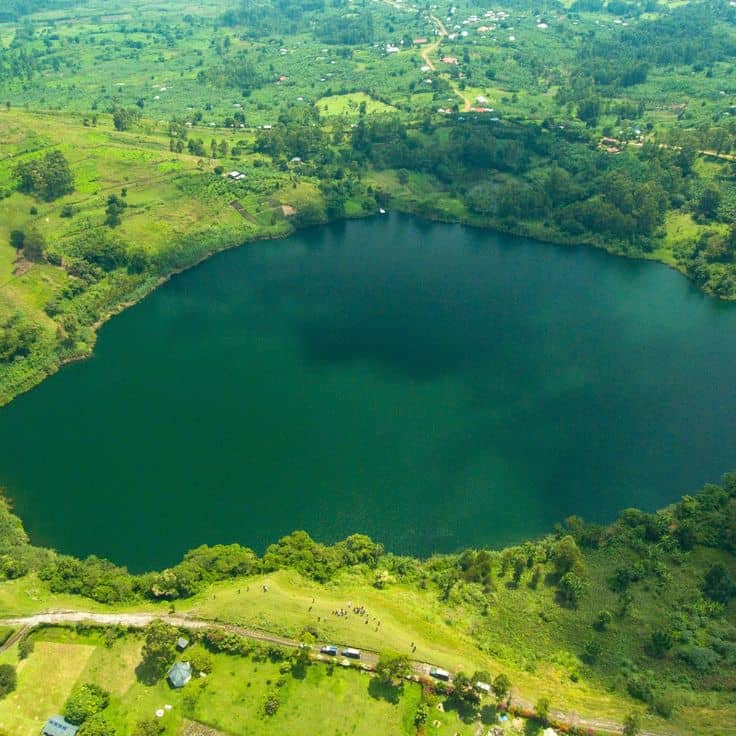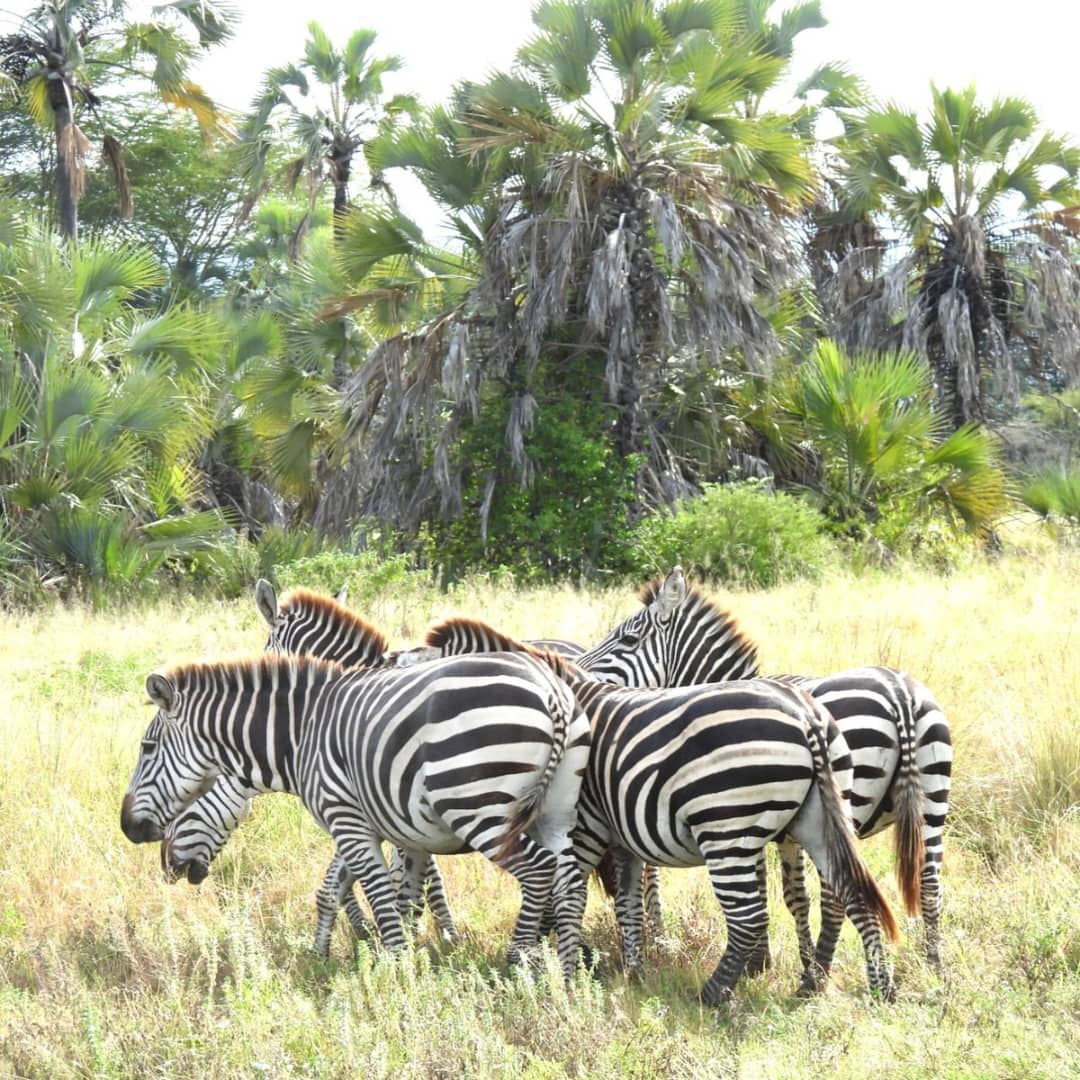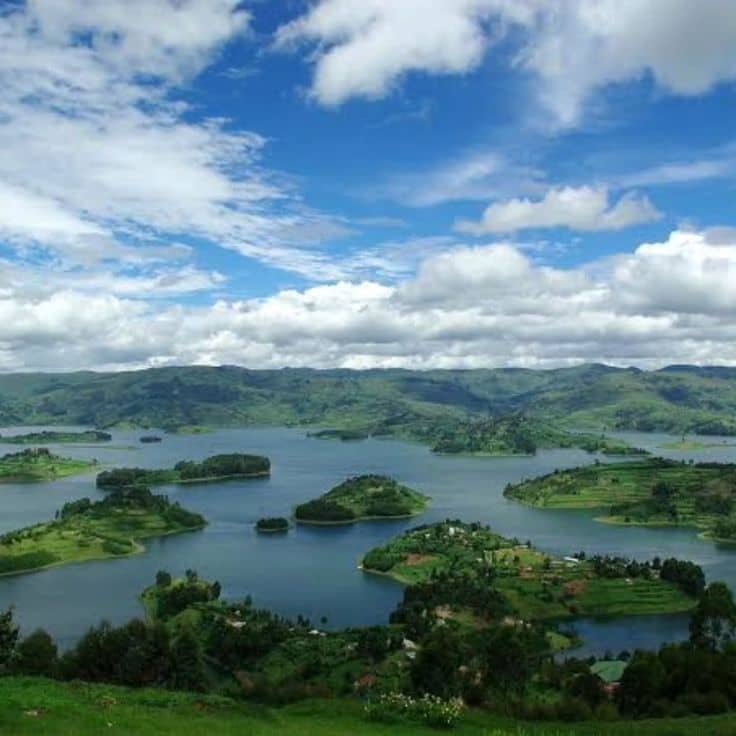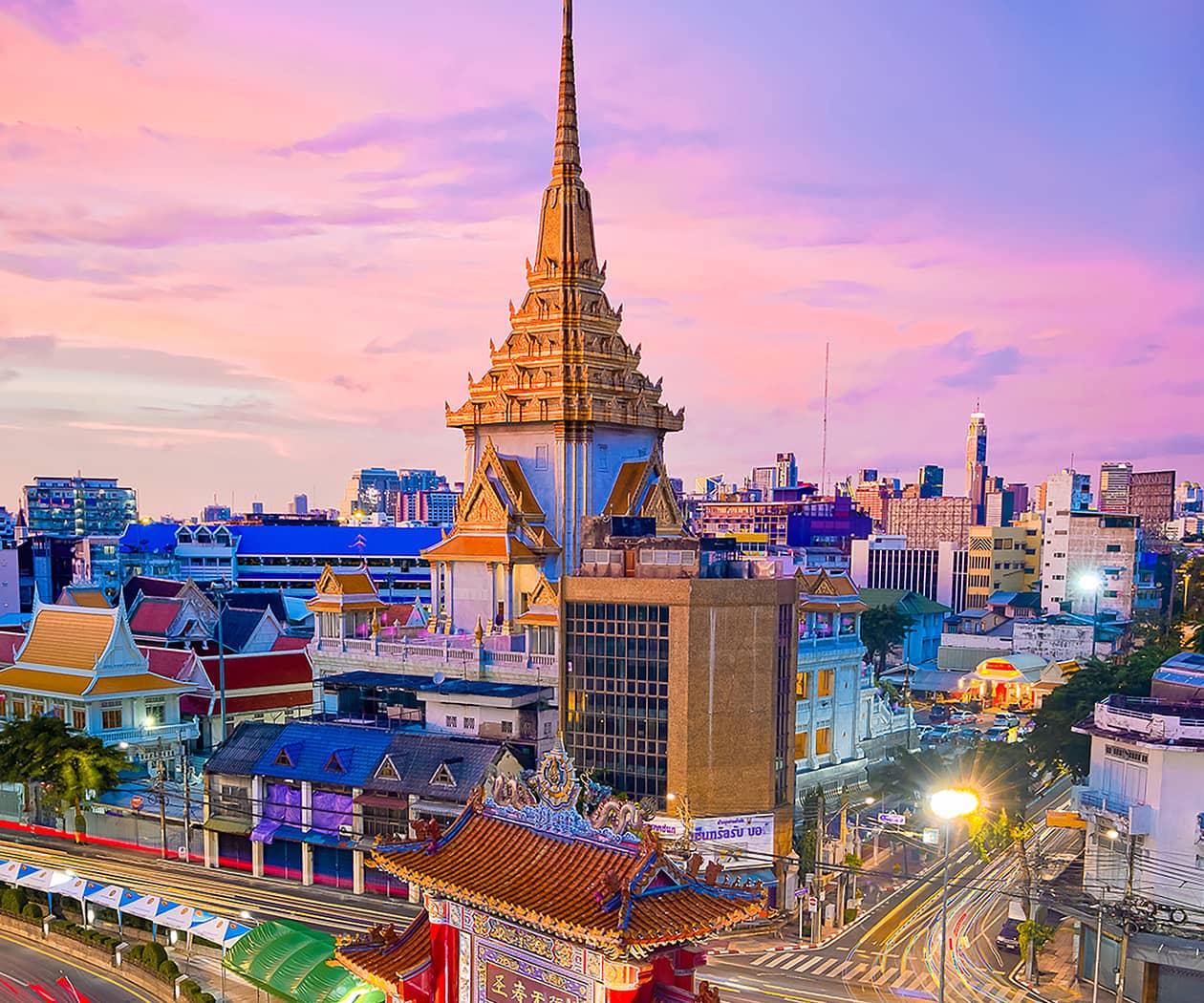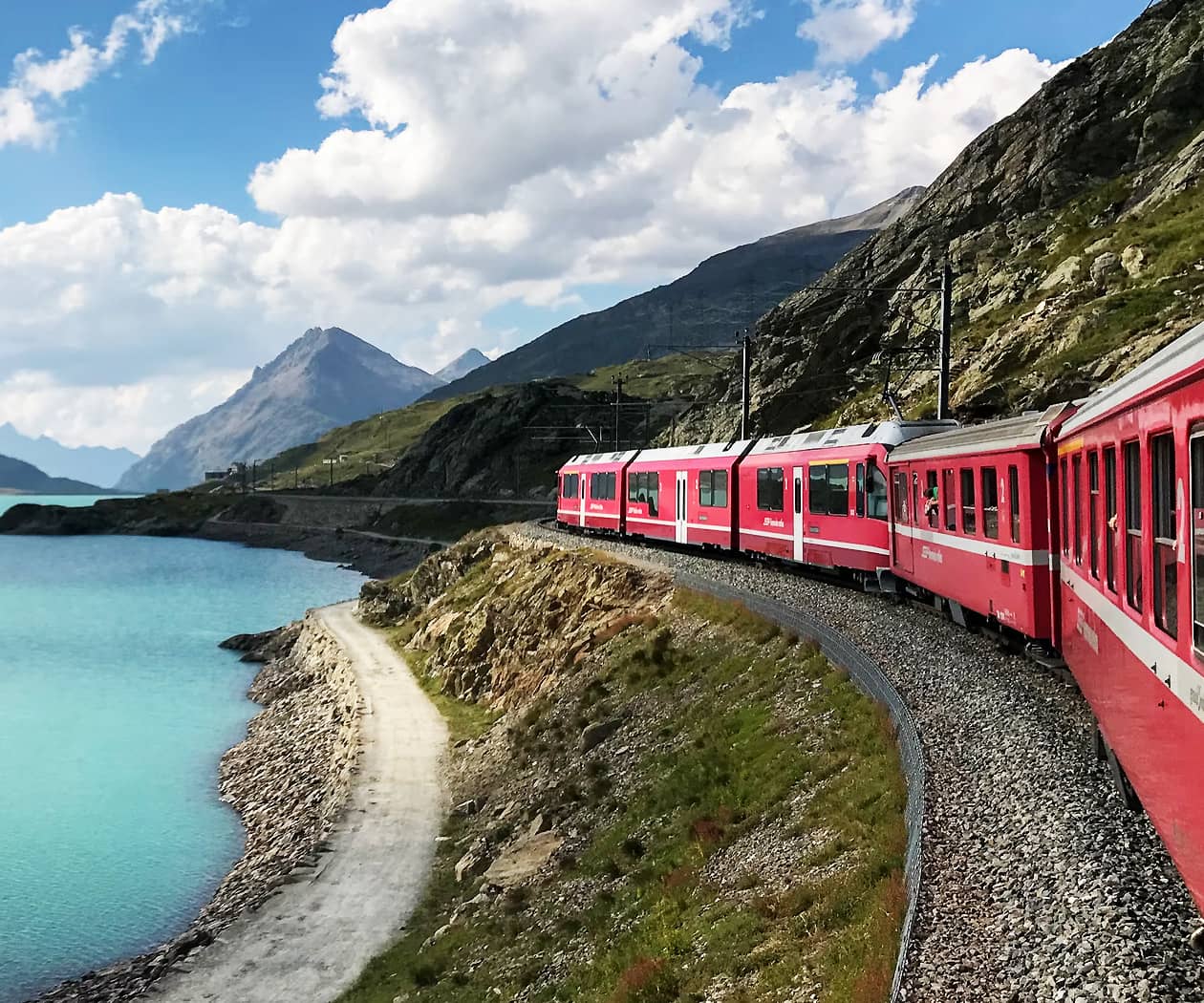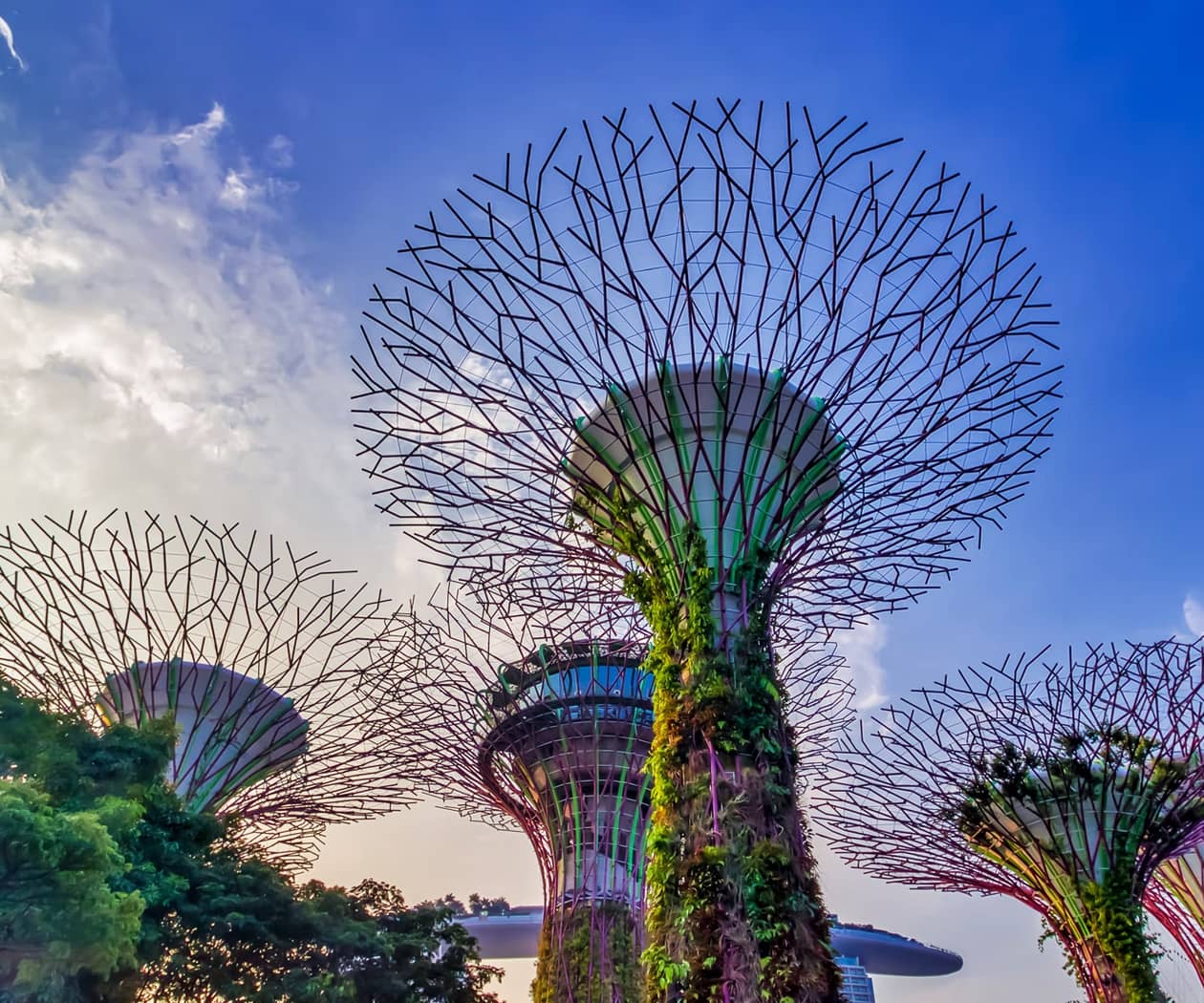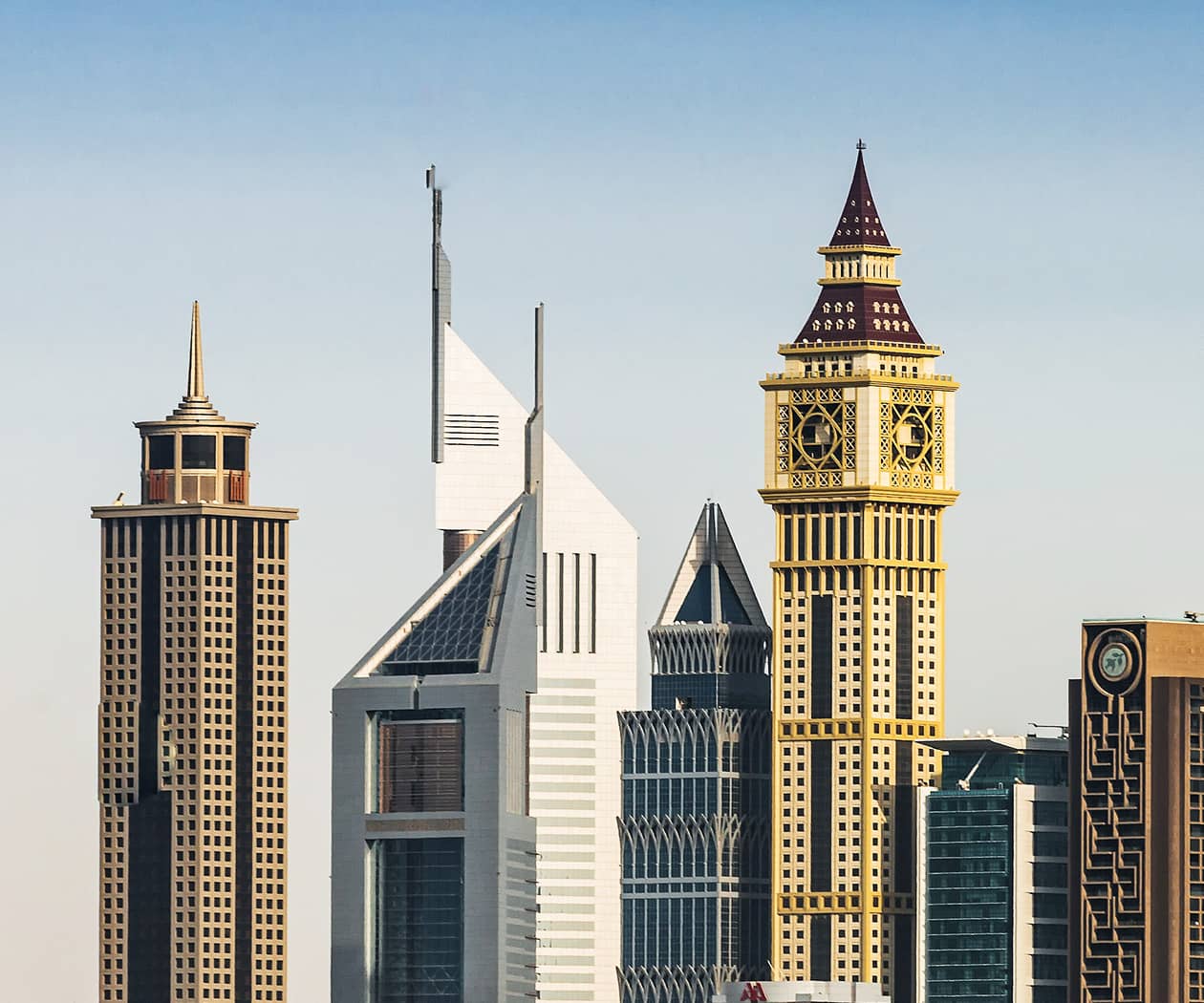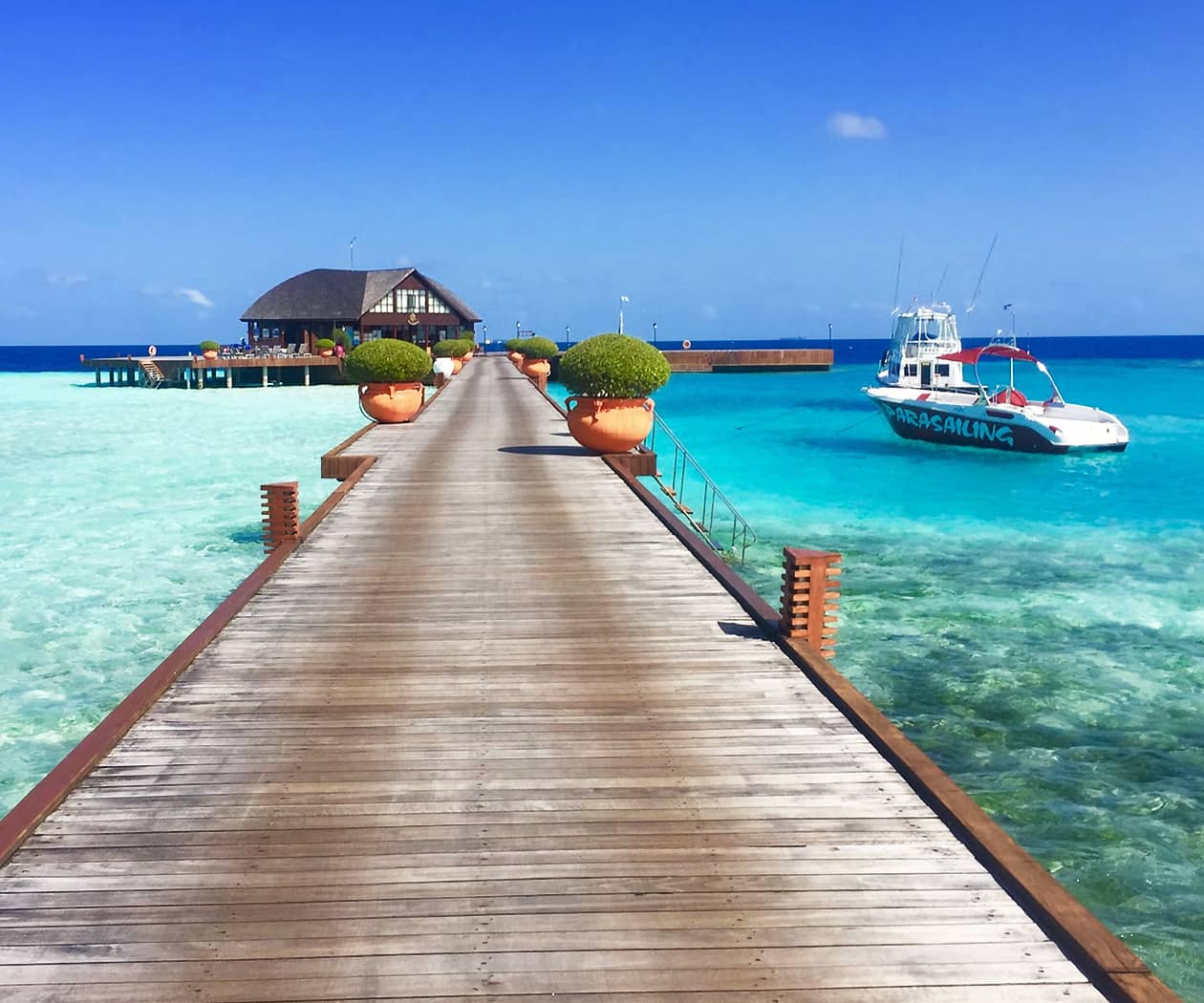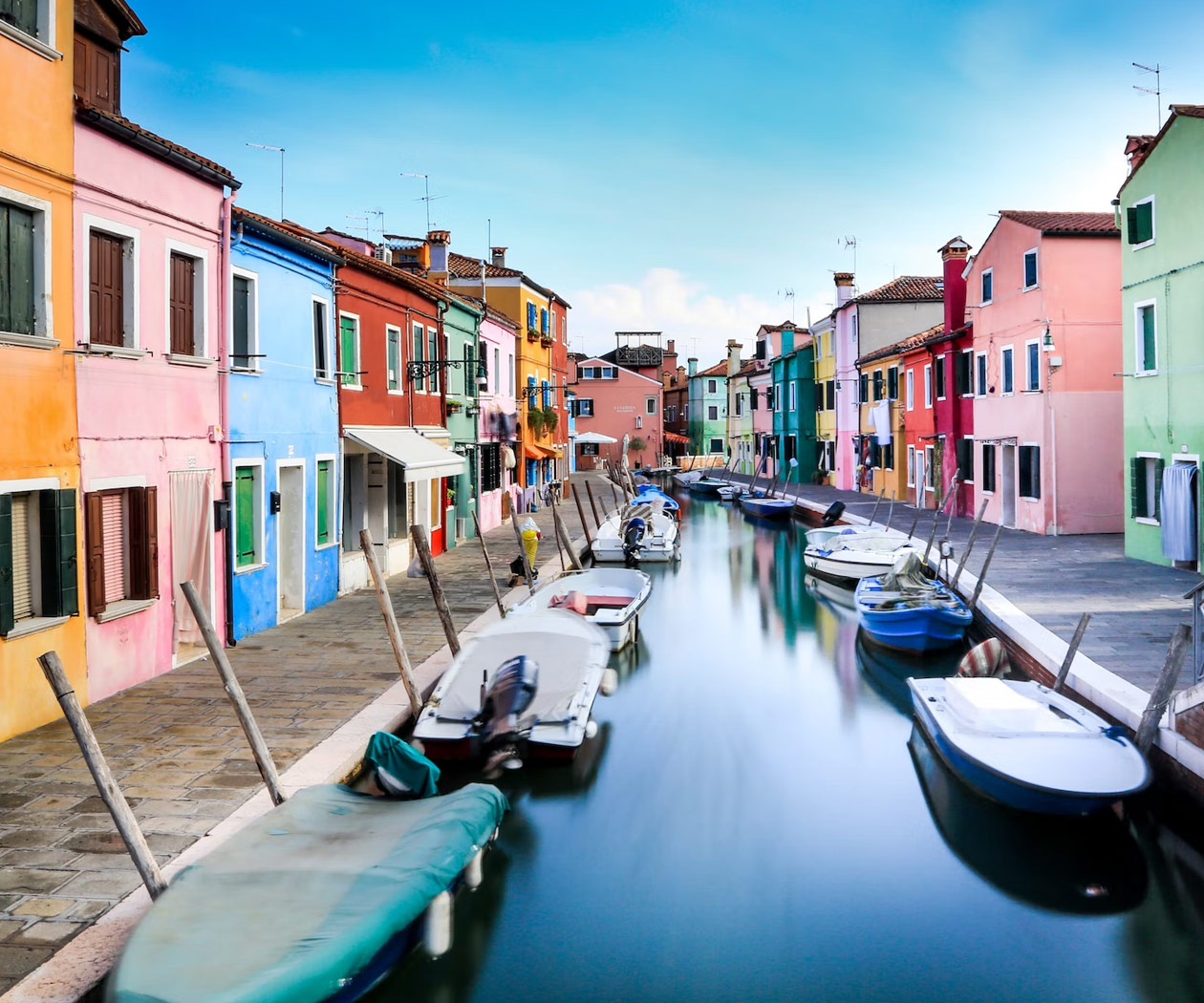Gorilla Trekking with Drone Photography (Rules + Tips)
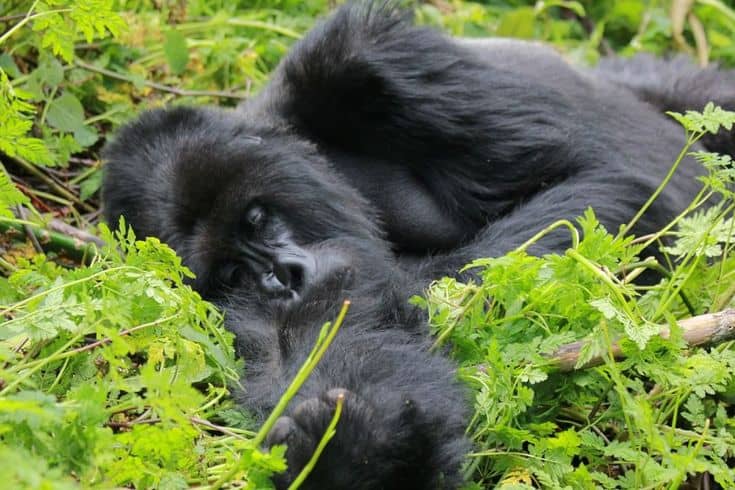
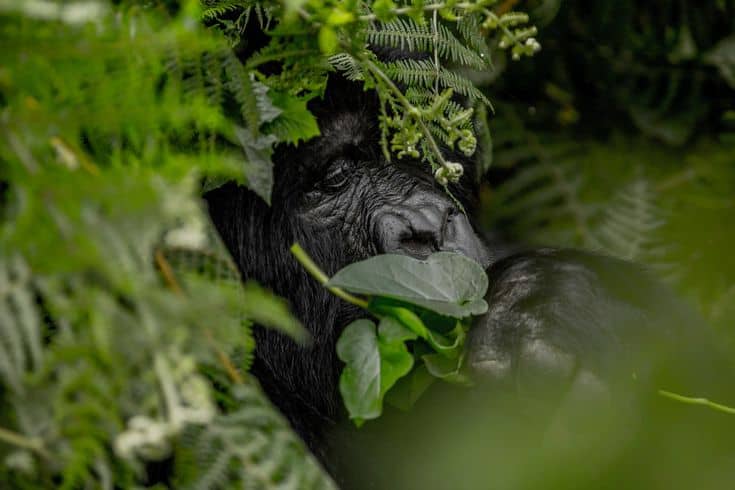
Uganda, famously known as the “Pearl of Africa,” is a dream destination for wildlife enthusiasts and adventure seekers. Among its many incredible experiences, Gorilla Trekking with Drone Photography (Rules + Tips) stands out as a once-in-a-lifetime adventure. Imagine trekking through lush rainforests to encounter majestic mountain gorillas in their natural habitat—then capturing breathtaking aerial footage with a drone to immortalize the moment.
However, this unique combination of gorilla trekking and drone photography comes with strict regulations to protect these endangered animals and their environment. In this guide, we’ll explore everything you need to know about Gorilla Trekking with Drone Photography (Rules + Tips), including permits, best practices, and how to make the most of your Ugandan safari.
Why Uganda is the Best Destination for Gorilla Trekking
Uganda is home to nearly half of the world’s remaining mountain gorillas, with Bwindi Impenetrable National Park and Mgahinga Gorilla National Park being the prime locations for gorilla trekking. The country offers a more intimate and less crowded experience compared to neighboring Rwanda and the Democratic Republic of Congo.
Adding drone photography to your adventure allows you to capture stunning landscapes, gorilla family interactions, and the dramatic terrain of the rainforest from a unique perspective. But before you pack your drone, there are important rules to follow.
Rules for Gorilla Trekking with Drone Photography
1. Obtain the Necessary Permits
Gorilla trekking requires a permit (currently $700-$800 per person in Uganda), but flying a drone near wildlife has additional legal requirements. You must secure approval from the Uganda Civil Aviation Authority (UCAA) and the Uganda Wildlife Authority (UWA). Unauthorized drone use can lead to heavy fines or confiscation of equipment.
2. Maintain a Safe Distance
Drones can stress gorillas and other wildlife. Regulations typically require:
-
Keeping drones at least 100 meters (328 feet) away from gorillas.
-
Avoiding sudden movements or loud noises that may disturb the animals.
3. No Night or Bad Weather Flying
Drones are prohibited during heavy rain, fog, or low visibility conditions, as these can endanger both wildlife and the drone itself.
4. Respect No-Fly Zones
Some areas within national parks are designated as no-fly zones to protect sensitive wildlife habitats. Always check with park rangers before launching your drone.
5. Hire a Licensed Drone Operator
If you’re unsure about regulations, consider hiring a local drone operator who is familiar with Ugandan laws. This ensures compliance while still getting professional-grade footage.
Tips for an Unforgettable Gorilla Trekking & Drone Experience
1. Choose the Right Drone
-
Opt for a quiet, lightweight drone to minimize disturbance.
-
Ensure it has a good battery life (trekking can take several hours).
-
Carry extra batteries and memory cards you won’t want to miss a shot!
2. Plan Your Shots in Advance
-
Capture wide-angle shots of the rainforest canopy.
-
Film the trekking journey to show the adventure leading up to the gorilla encounter.
-
Avoid zooming directly into gorilla faces; instead, focus on group behaviors from a respectful distance.
3. Work with Your Guide
Local guides know the gorillas’ movements and can advise on the best times to fly your drone without causing disruption.
4. Edit Responsibly
When sharing your footage, avoid sensationalizing close encounters. Promote ethical wildlife photography by highlighting conservation efforts.
Best Time for Gorilla Trekking with Drone Photography
The dry seasons (June-August & December-February) are ideal for gorilla trekking, as trails are less muddy and visibility is better for drone shots. However, Uganda’s rainforests are lush and green year-round, so even the wet season offers dramatic, misty landscapes.
Final Thoughts
Combining Gorilla Trekking with Drone Photography (Rules + Tips) is an extraordinary way to document your Ugandan adventure while respecting wildlife conservation efforts. By following regulations, flying responsibly, and working with local experts, you can create stunning visual memories without harming the very creatures you’ve come to admire.
Ready to embark on this epic journey? Book your gorilla trekking permit, secure your drone permissions, and get ready for an experience that will leave you and your audience in awe.
Have You Tried Gorilla Trekking with a Drone?
Share your experiences or questions in the comments below! For more travel tips on Uganda’s wildlife adventures, subscribe to our blog.
